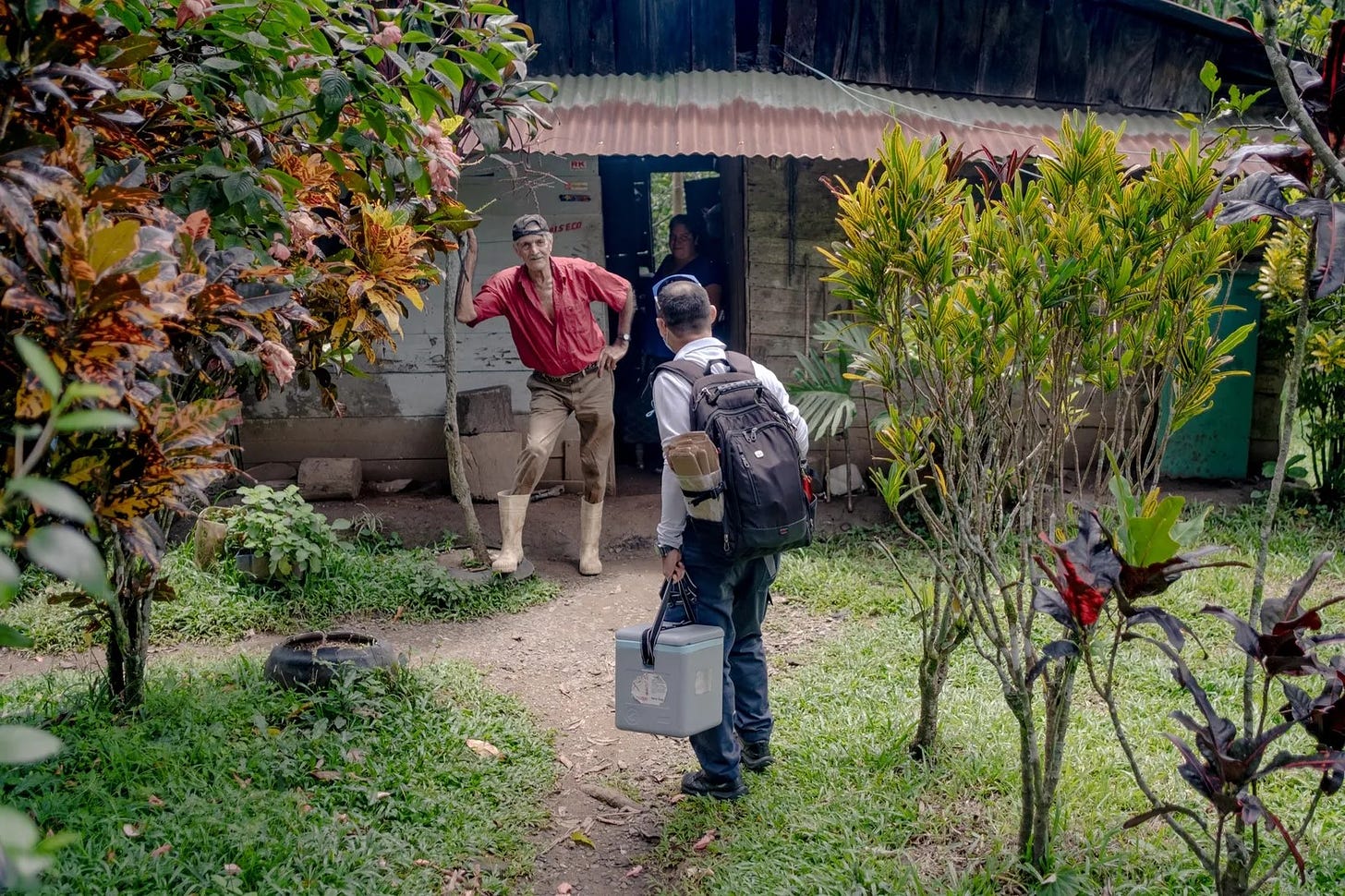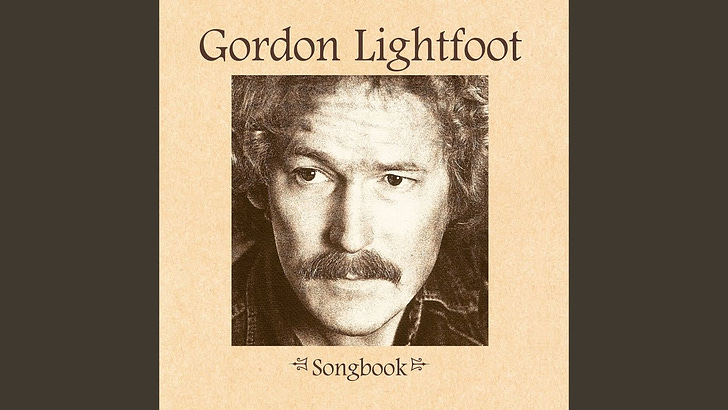Institutional drift
The necessity of getting institutions to do things they weren't designed for
I have been thinking about a great New Yorker article about public health: Costa Ricans Live Longer Than We Do. What’s the Secret? It’s impressive, heartfelt, and inspiring to demonstrate what a successful public health program can accomplish.
Life expectancy tends to track national income closely. Costa Rica has emerged as an exception. Searching a newer section of the cemetery that afternoon, I found only one grave for a child. Across all age cohorts, the country’s increase in health has far outpaced its increase in wealth. Although Costa Rica’s per-capita income is a sixth that of the United States—and its per-capita health-care costs are a fraction of ours—life expectancy there is approaching eighty-one years. In the United States, life expectancy peaked at just under seventy-nine years, in 2014, and has declined since.
People who have studied Costa Rica, including colleagues of mine at the research and innovation center Ariadne Labs, have identified what seems to be a key factor in its success: the country has made public health—measures to improve the health of the population as a whole—central to the delivery of medical care. Even in countries with robust universal health care, public health is usually an add-on; the vast majority of spending goes to treat the ailments of individuals. In Costa Rica, though, public health has been a priority for decades.
Reading it, can and should make people wonder why the health system in the U.S. feels so unresponsive and poorly suited to addressing people’s needs. Atul Gawande writes about how the Costa Rican system successfully integrates a number of different healthcare elements and builds connections between citizens and health workers [emphasis mine]. Below I want to offer some thoughts about what it would mean to draw lessons from their success. First, however, here’s an excerpt describing the program.
The [1990] plan had three principal elements. First, it would merge the public-health services of the Ministry of Health with the Caja’s system of hospitals and clinics—two functions that governments, including ours, typically keep separate—and so allow public-health officials to set objectives for the health-care system as a whole. Second, the Caja would integrate a slew of disparate records, combining data about household conditions and needs with the medical-record system, and would use the information to guide national priorities, set targets, and track progress. Third, every Costa Rican would be assigned to a local primary-health-care team, called an ebais (“eh-by-ees”), for Equipo Básico de Atención Integral en Salud, which would include a physician, a nurse, and a trained community-health worker known as an atap (Asistente Técnico en Atención Primaria). Each team would cover about four or five thousand people. The ataps would visit every household in their assigned population at least once a year, in order to assess health needs and to close the highest-priority gaps—the way Salas’s team in El Roble had done.
He describes what this looks like in practice [emphasis mine again].
Up a winding mountain road, we reached a house with a huge mango tree standing sentinel, and dozens of ripe mangoes scattered beneath it. This time it was Salas who was recognized—his father had been the godfather of the seventy-eight-year-old man who lived there, with his wife. To Salas’s delight, the man pointed out a fading, sepia-toned picture of his godfather on the wall. The man, who had congestive heart failure and limited mobility, took the vaccine without complaint.
For each of the households, Herrera keeps an electronic ficha familiar, a family file that provides the primary-care team with remarkably detailed information. This includes medical updates—what ailments have been assessed and what treatments have been administered on any given visit—but also notes on living conditions: whether the floors are dirt or finished, whether there is a refrigerator, a phone, or a computer, and even whether any animals are living “en condiciones insalubres.” According to the C.C.S.S., nearly sixty per cent of Costa Rica’s households have a current, geo-referenced file.
There was nothing magical about the care I saw that day. Herrera wasn’t a saint. But he may have been something better than that: he was the point of contact between a national system and a great many individual lives, seeing to every small detail required for the broader demands of community health.

It’s worth reading the entire article; the details of how the program was built, and how it operates are both interesting and impressive.
I remembered that as I was writing my review of The Unaccountability Machine, my response to
, and planning a future post about Recoding America, and thinking about the questions of how to get bureaucratic institutions to be more responsive to real needs. Gawande’s profile is a great reminder of both the value of public goods and the power of an institution that is well aligned to its purpose and goals.I am also aware that some elements of that are a luxury that we don’t always get to work with.
It’s inevitable that personal experience shapes our understanding of the world. In my case, I have worked for many years at a small business which has found a niche within an industry generally composed of much, much, larger companies. When I started out, I was amazed by two things. First that we had successfully gotten a foot in the door and, second, at how much more responsive we were compared to our competitors. We could be talking to a user, hear a suggestion and, within a few weeks be able to show them an example that incorporated their ideas.
After many years, there is less reason for surprise on both counts. We’ve built up a set of connections and customers, and we’re less responsive than we had been (though still clearly small and adaptable by industry standards). Both of those shifts go together. Over time there are more cases where we are constrained by choices we have previously made which limit our ability to try a new idea. As our customer base has grown we spend more time making sure that any changes won’t impede the use by our older customers. Both of those make us more cautious and less responsive than we had been when we were starting out.
Similarly, it is common that public institutions will have been created to serve one purpose and then get expanded or shifted to include new goals.
I remember seeing a comment that the reason that public schools are used to administer free lunch programs and various health, wellness, and counselling services isn’t because there’s a clear overlap between the skills of public education and counselling. It’s because the schools exist and already have contact with students so it’s a convenient vehicle to house other programs which need contact with students.
This article about the current fiscal projections for the US government talks about the large share of Federal spending on Medicare, Medicaid, & Social Security, and the complexity of health policy.
Legislators have been making these programs progressively more generous in terms of the services covered, like extending prescription drug coverage in 2003, and new treatments and services keep getting developed that push costs higher. Add to that the fact that prices for most health services are higher in the US than in other rich countries and you have a recipe for spiraling expenses.
Except, since about 2011 or so, we haven’t seen that. In an almost miraculous development from a budgetary perspective, per-capita spending in Medicare has remained essentially constant for over a decade.
There’s considerable disagreement about why exactly this slowdown is happening. . . .
If there is a policy path that can keep the slowdown going, it is likely to be a combination of small steps rather than one big change. The 1% Steps project provides a great model for what this could look like . . .
It’s genuinely difficult to have a single high-level measure of success or failure for a large complicated program.
I don’t say this to offer counsel of despair, but to suggest the scale of the challenge. The Costa Rican program, described above, was built to serve it’s current purpose and is recent enough that many of the original architects are still involved in shaping the focus. That’s not usually the case; it is more common to try to build something new within an existing institutional framework which has existing resources and skills but also the caution of needing to maintain it’s existing mandates.
One reason that I would recommend both The Unaccountability Machine and Recoding America is that they describe the challenges of, and value from making organizations that are capable of being more responsive and self-reflective in adapting to new challenges.
We should be inspired by the story from Costa Rica, and we shouldn’t merely read the comparison as unfavorable to the US. My hope is that we can ask for more from our existing public and private institutions and not only see their inflexibility as a failure. It often reflects the fact that they exist because they were successful in a different task in the past, and there is a challenge in building something new within that structure.
Subscribe to Earnestness Is Underrated
I keep getting into conversations on substack, and want a place to store longer thoughts.













